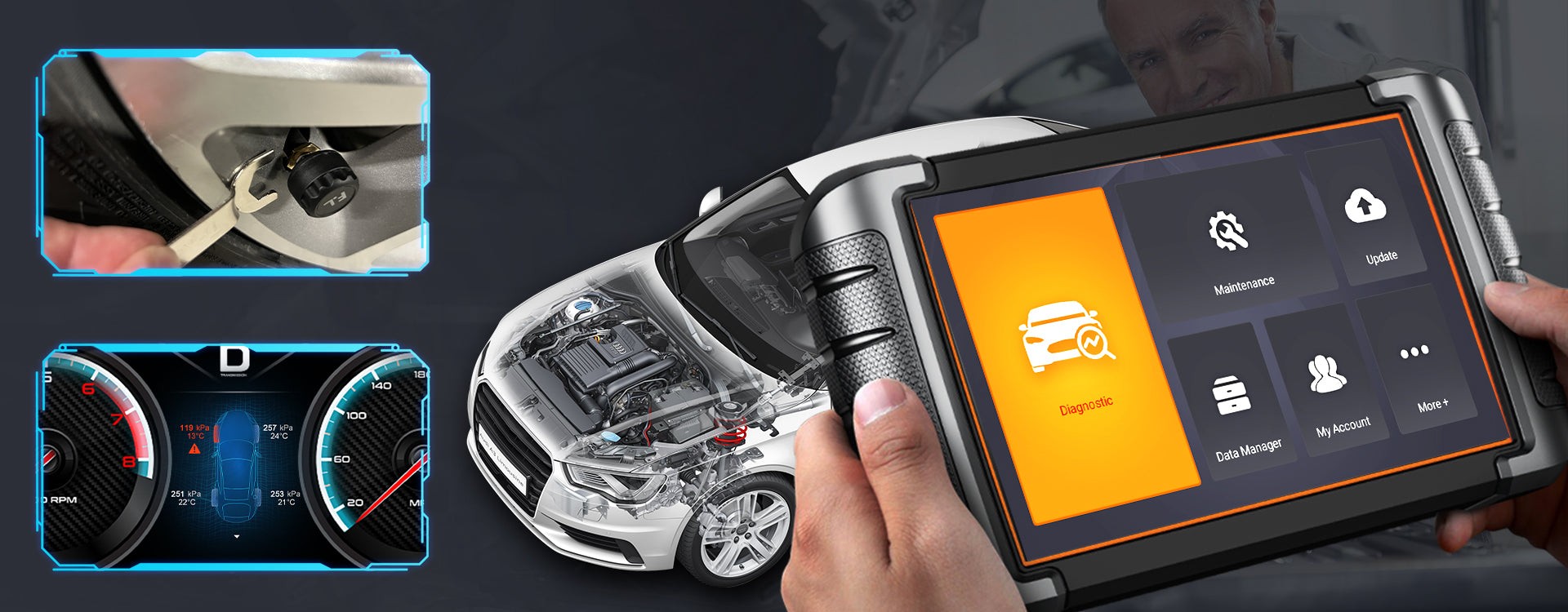A catalytic converter is crucial for reducing harmful emissions from your vehicle. Knowing if it’s working correctly ensures your car performs well and meets environmental standards. An OBD2 scanner can be a valuable tool in diagnosing potential issues. This article explores how an OBD2 scanner can help you determine if your catalytic converter is functioning properly.
How OBD2 Scanners Detect Catalytic Converter Problems
Your car’s OBD2 system continuously monitors various components, including the catalytic converter, using sensors. When the converter malfunctions, the system triggers a diagnostic trouble code (DTC), stored in the vehicle’s computer. An OBD2 scanner reads these codes, providing insights into potential problems. Specifically, it looks for discrepancies in oxygen sensor readings before and after the catalytic converter. A properly functioning converter should cause a noticeable difference in these readings. If the readings are similar, it suggests the converter isn’t effectively reducing emissions.
Testing Your Catalytic Converter with an OBD2 Scanner
Connecting an OBD2 scanner to your car’s diagnostic port allows you to check for specific DTCs related to the catalytic converter. Common codes include:
- P0420: Catalyst System Efficiency Below Threshold (Bank 1)
- P0430: Catalyst System Efficiency Below Threshold (Bank 2)
These codes indicate that the converter’s efficiency is below the acceptable threshold. While these codes often point to a faulty catalytic converter, they can sometimes be triggered by other issues like exhaust leaks or bad oxygen sensors. Further diagnosis is often necessary. Beyond reading codes, some advanced OBD2 scanners can display live data from oxygen sensors, allowing you to observe real-time performance and compare readings.
Understanding Catalytic Converter OBD2 Codes
As mentioned earlier, P0420 and P0430 are the most common OBD2 codes related to catalytic converter problems. “Bank 1” and “Bank 2” refer to the sides of the engine where the converters are located (engines with more than one cylinder bank). These codes indicate that the oxygen sensor readings before and after the converter are too similar, suggesting the converter isn’t effectively cleaning the exhaust gases. However, it’s crucial to remember that other factors can trigger these codes.
Differentiating Between O2 Sensor and Catalytic Converter Issues
Both faulty oxygen sensors and a bad catalytic converter can cause similar symptoms, making diagnosis tricky. While specific OBD2 codes (P0130-P0141) indicate O2 sensor problems, differentiating requires a more comprehensive approach:
- Analyze OBD2 Codes: Look for specific codes related to either component.
- Observe Symptoms: A bad converter often leads to reduced engine performance, a sulfurous smell from the exhaust, and increased emissions. Failing O2 sensors can cause poor fuel economy, fluctuating RPMs, and erratic engine behavior.
- Compare Oxygen Sensor Data: Using an OBD2 scanner to compare live data from upstream and downstream oxygen sensors can help pinpoint the problem. Similar readings suggest a faulty converter.
Conclusion
An OBD2 scanner is a valuable tool for checking the health of your catalytic converter. By understanding the codes and using the scanner to analyze sensor data, you can gain valuable insights into potential problems. However, diagnosing catalytic converter issues often requires a multi-faceted approach, combining code analysis with symptom observation and further testing. Regular maintenance and prompt attention to warning signs can help ensure your vehicle runs efficiently and meets emissions standards.
